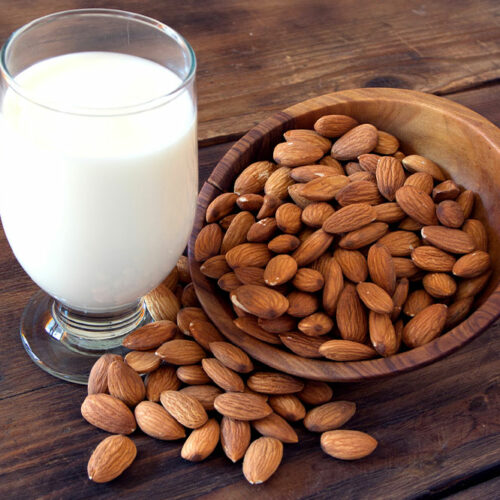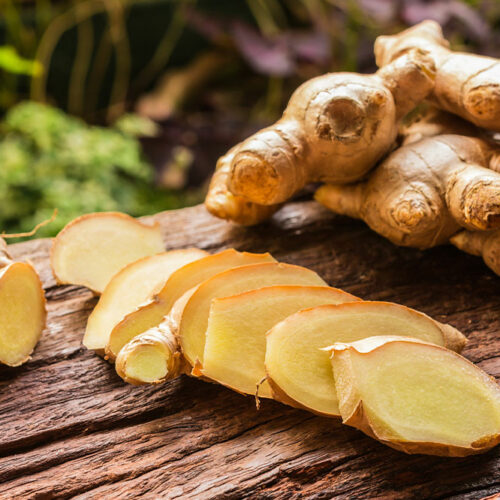Warning signs associated with the development of blood pressure

The force of blood pushing against the artery walls is blood pressure. Sometimes the pressure in the arteries is much higher than it should be, known as high blood pressure (hypertension). At other times this pressure is weak and considered low blood pressure (hypotension). In both scenarios, blood pressure development can result in health complications. Its slow progressive nature is also why one must look for the signs of unusual blood pressure and seek appropriate treatments. Warning signs of high blood pressure Several signs of high blood pressure may misidentify as symptoms of another condition. A few signs may include nausea, vomiting, nosebleeds, breathlessness, and heart palpitations. The other warning signs of high blood pressure are: Subconjunctival hemorrhage Subconjunctival hemorrhage, also known as red spots in the eyes, occurs when blood leaks between the layers of the eye. The phenomenon causes bright red patches over the white regions of the eye and is often triggered by increased blood pressure. These spots may also appear without any identifiable cause by detecting damage to the optic nerve. A healthcare expert might associate the subconjunctival hemorrhage with high blood pressure. Dizziness Dizziness and feeling slightly off balance occur when there is a lack of oxygen supply to the brain.






